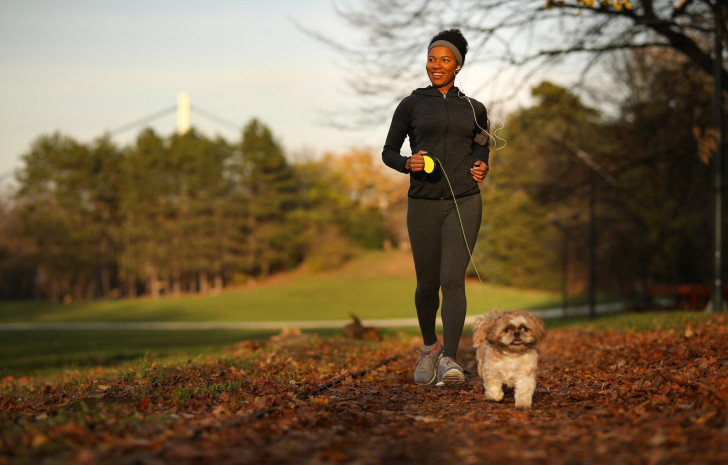


Regular exercise isn’t just a luxury for pets—it’s a critical component of their physical health, mental well-being, and overall quality of life. Whether you have a high-energy Border Collie or a laid-back house cat, structured activity prevents health issues, curbs bad behavior, and strengthens your bond. Here’s why professional-level exercise matters and how to do it right.
25-30% of pets in developed countries are overweight, leading to diabetes, arthritis, and heart disease.
Controlled exercise (walks, play, agility) burns calories and maintains lean muscle mass.
Boredom in pets leads to destructive chewing, excessive barking, or depression.
Physical activity releases endorphins, reducing stress and hyperactivity.
Active pets have stronger joints, better circulation, and slower aging.
Senior pets especially benefit from low-impact exercise (swimming, short walks).
Structured walks improve leash manners and responsiveness to commands.
Dog parks or group play teach polite interaction with other animals.
Daily Walks (30 mins – 2 hours, depending on breed)
Mix brisk walking with sniffing time (mental stimulation).
Use interval training (e.g., jogging bursts for high-energy breeds).
Interactive Play
Fetch, flirt poles, or agility drills to engage body and mind.
Swimming (Low-Impact Cardio)
Ideal for arthritic dogs or breeds prone to joint issues (Labs, Bulldogs).
Laser Chasing & Feather Wands
Mimics hunting instincts; 10-15 mins daily prevents obesity.
Climbing Trees & Puzzle Feeders
Encourages jumping and problem-solving.
Supervised Free Roaming
Secure spaces to hop/run (e.g., rabbit-proofed rooms).
Obstacle Courses
Tunnels, ramps, and hidden treats for engagement.
✔ Consistency Matters – Aim for same-time daily sessions to establish routine.
✔ Match Intensity to Breed – A Border Collie needs miles of running; a Pug thrives on short, shaded walks.
✔ Hydration & Cooldowns – Always provide water and avoid exercise in extreme heat.
✔ Mental + Physical = Perfect Combo – Combine walks with training drills or scent games.
Weight gain → Joint pain, diabetes risk.
Destructive behavior → Chewed shoes, scratched furniture.
Anxiety/aggression → Excessive barking or litter box avoidance.
Investing in proper exercise isn’t just about avoiding vet bills—it’s about giving your pet a fulfilling, vibrant life. Whether you hire a professional dog walker or design a home agility course, prioritize movement every single day.
Your pet will thank you with better health, better behavior, and endless tail wags (or purrs)!